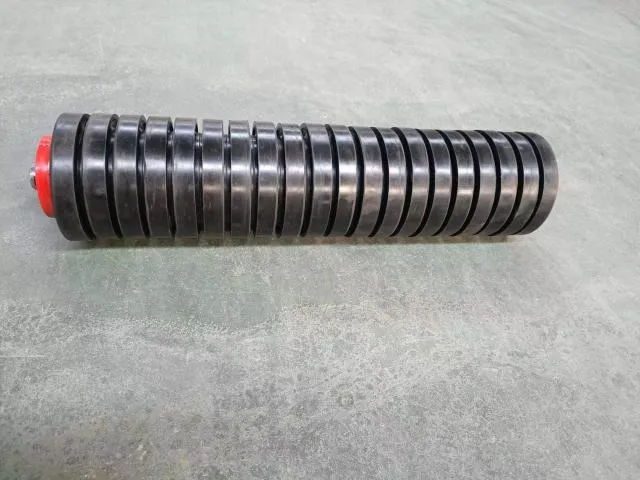 Afrikaans
Afrikaans  Albanian
Albanian  Amharic
Amharic  Arabic
Arabic  Armenian
Armenian  Azerbaijani
Azerbaijani  Basque
Basque  Belarusian
Belarusian  Bengali
Bengali  Bosnian
Bosnian  Bulgarian
Bulgarian  Catalan
Catalan  Cebuano
Cebuano  Corsican
Corsican  Croatian
Croatian  Czech
Czech  Danish
Danish  Dutch
Dutch  English
English  Esperanto
Esperanto  Estonian
Estonian  Finnish
Finnish  French
French  Frisian
Frisian  Galician
Galician  Georgian
Georgian  German
German  Greek
Greek  Gujarati
Gujarati  Haitian Creole
Haitian Creole  hausa
hausa  hawaiian
hawaiian  Hebrew
Hebrew  Hindi
Hindi  Miao
Miao  Hungarian
Hungarian  Icelandic
Icelandic  igbo
igbo  Indonesian
Indonesian  irish
irish  Italian
Italian  Japanese
Japanese  Javanese
Javanese  Kannada
Kannada  kazakh
kazakh  Khmer
Khmer  Rwandese
Rwandese  Korean
Korean  Kurdish
Kurdish  Kyrgyz
Kyrgyz  Lao
Lao  Latin
Latin  Latvian
Latvian  Lithuanian
Lithuanian  Luxembourgish
Luxembourgish  Macedonian
Macedonian  Malgashi
Malgashi  Malay
Malay  Malayalam
Malayalam  Maltese
Maltese  Maori
Maori  Marathi
Marathi  Mongolian
Mongolian  Myanmar
Myanmar  Nepali
Nepali  Norwegian
Norwegian  Norwegian
Norwegian  Occitan
Occitan  Pashto
Pashto  Persian
Persian  Polish
Polish  Portuguese
Portuguese  Punjabi
Punjabi  Romanian
Romanian  Russian
Russian  Samoan
Samoan  Scottish Gaelic
Scottish Gaelic  Serbian
Serbian  Sesotho
Sesotho  Shona
Shona  Sindhi
Sindhi  Sinhala
Sinhala  Slovak
Slovak  Slovenian
Slovenian  Somali
Somali  Spanish
Spanish  Sundanese
Sundanese  Swahili
Swahili  Swedish
Swedish  Tagalog
Tagalog  Tajik
Tajik  Tamil
Tamil  Tatar
Tatar  Telugu
Telugu  Thai
Thai  Turkish
Turkish  Turkmen
Turkmen  Ukrainian
Ukrainian  Urdu
Urdu  Uighur
Uighur  Uzbek
Uzbek  Vietnamese
Vietnamese  Welsh
Welsh  Bantu
Bantu  Yiddish
Yiddish  Yoruba
Yoruba  Zulu
Zulu Understanding the Functionality and Design of Troughing Rolls in Conveyor Systems
Understanding Troughing Rolls A Vital Component in Material Handling
Troughing rolls are essential components used in conveyor systems, particularly in material handling applications. These rolls help convey bulk materials over significant distances. The design and functionality of troughing rolls play a crucial role in ensuring efficiency, safety, and durability within various industrial settings.
Design and Functionality
Troughing rolls are designed with a specific curvature that creates a trough-like shape. This design allows them to securely hold and guide the materials being transported, minimizing the risk of spillage and ensuring that the materials remain centered on the conveyor belt. Typically, troughing rolls are arranged in a set of three, with each roll positioned at an angle to create the trough effect. The top roll is usually horizontal, while the two bottom rolls are angled at around 30 degrees, providing a stable channel for materials.
The material type, shape, and weight of the items being transported are crucial when selecting the right troughing rolls. Different industries may use various materials for these rolls, including steel, rubber, or polymer materials, to optimize performance and durability.
Benefits of Troughing Rolls
One of the primary advantages of troughing rolls is their ability to increase material handling efficiency. With their unique design, they accommodate larger payloads and more significant volumes of material without risk of spillage. This efficiency is particularly important in industries like mining, agriculture, and manufacturing, where large quantities of materials are frequently moved.
Troughing rolls also provide enhanced control over the materials being conveyed. The design helps to prevent materials from shifting or rolling off the belt, which can lead to clogging and downtime—a significant concern in high-performance environments. This control is vital for maintaining uninterrupted workflow and productivity.
Moreover, troughing rolls contribute to the longevity of conveyor systems
. By reducing the likelihood of spillage, they mitigate the wear and tear on the conveyor belts and other components of the system. This functionality can lead to lower operating costs and less frequent need for repairs or replacements.troughing rolls

Application Across Industries
Troughing rolls find application in various sectors. In the mining industry, they are crucial for transporting ores and other bulk materials from extraction sites to processing plants. In agriculture, they assist in moving grains and fertilizers efficiently. The manufacturing industry also relies on troughing rolls for transporting products during different stages of production, ensuring smooth transitions and minimal handling errors.
In recycling facilities, troughing rolls facilitate the movement of recyclables such as paper, plastics, and metals, promoting effective waste management practices. Their ability to handle heavy and voluminous materials makes them an indispensable part of modern industrial processes.
Maintenance and Considerations
While troughing rolls are designed for durability, proper maintenance is essential to ensure their long-lasting performance. Regular inspections and preventive maintenance practices can help identify any wear or damage early, reducing unexpected downtime. Lubrication, cleaning, and monitoring for misalignment can contribute significantly to the rolls' efficiency and operational lifespan.
When selecting troughing rolls for a conveyor system, several factors must be considered, including the material being transported, the required load capacity, and the environmental conditions. Consulting with manufacturers or industry experts can facilitate the selection of the most appropriate rolls for specific applications.
Conclusion
Troughing rolls are integral to the efficient functioning of conveyor systems across various industries. Their unique design enhances material handling capabilities, reduces spill risks, and contributes to the overall effectiveness and longevity of conveyor systems. As industries continue to evolve and grow, the importance of reliable components like troughing rolls will only increase, underscoring their vital role in modern material handling practices.
-
Revolutionizing Conveyor Reliability with Advanced Rubber Lagging PulleysNewsJul.22,2025
-
Powering Precision and Durability with Expert Manufacturers of Conveyor ComponentsNewsJul.22,2025
-
Optimizing Conveyor Systems with Advanced Conveyor AccessoriesNewsJul.22,2025
-
Maximize Conveyor Efficiency with Quality Conveyor Idler PulleysNewsJul.22,2025
-
Future-Proof Your Conveyor System with High-Performance Polyurethane RollerNewsJul.22,2025
-
Driving Efficiency Forward with Quality Idlers and RollersNewsJul.22,2025





























